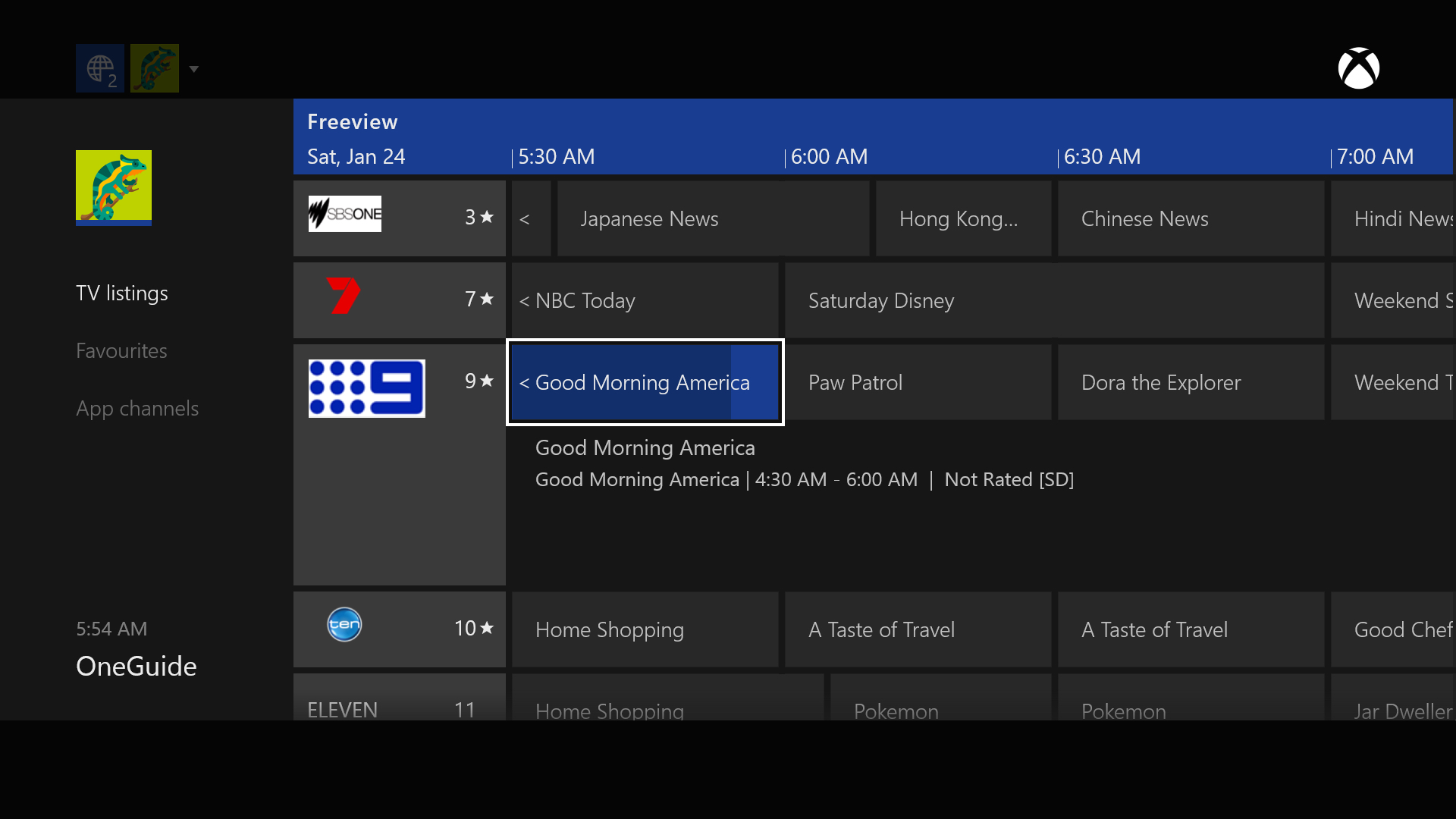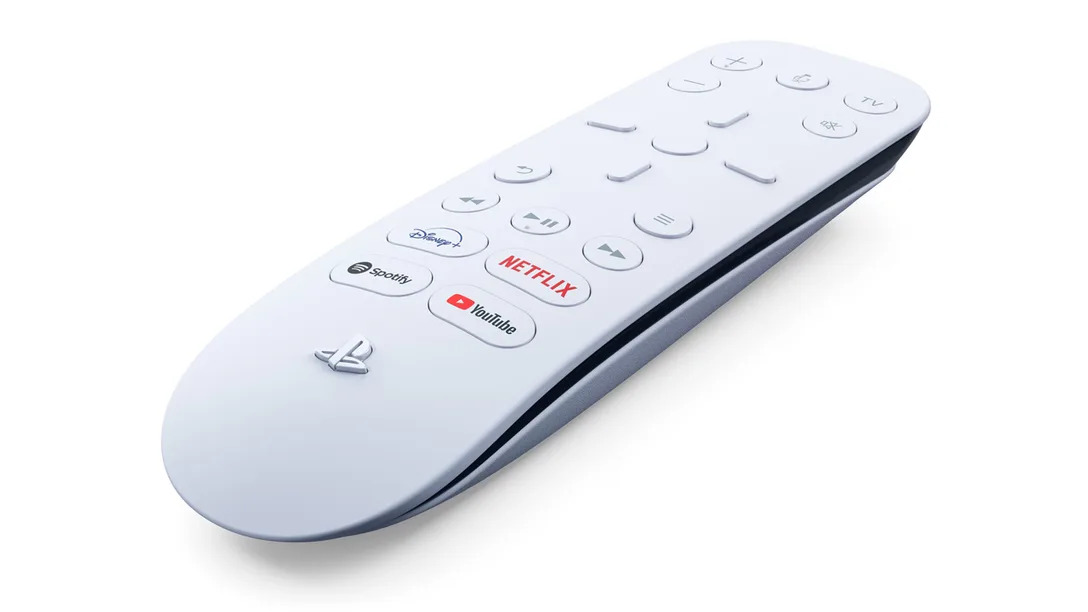
After more than 40 years of operation, DTVE is closing its doors and our website will no longer be updated daily. Thank you for all of your support.
The next gen – Microsoft and Sony are set to deliver on the promise of the all-in-one media device

The next generation of games consoles from Microsoft and Sony will release next week. While the focus of both consoles and their buyers will undoubtedly be on gaming, it’s worth considering that this will be the HDMI 1 device for many users and the primary way that they access video streaming apps.
In terms of what will actually be accessible, both consoles look capable of rivalling streaming sticks and other CTV devices. Both Sony’s PlayStation 5 and Microsoft’s Xbox Series consoles will launch with all the big hitters from the likes of Netflix, Amazon and Disney – though Xbox appears to initially have an edge with access to WarnerMedia’s HBO Max and Google’s cord-cutting offer YouTube TV.
And while it may be more awkward from a operator perspective to get apps on the PlayStation and Xbox’s respective storefronts, we’ve already seen the launch of NexStreaming’s NexPlayer SDK for both consoles which, along with other similar products, will facilitate easier development and deployment of monetisable streaming apps.
None of this is to say that the success of either console will be determined by which streaming apps the users have access to – these new releases are set to lift the market to 40 million games consoles shipped in 2020 – but rather that they reflect how games consoles in 2020 have become the all-in-one media devices that they have threatened to be for years.
As Omdia media and entertainment research analyst Max Signorelli puts it: “The games console is a connected device that OTT operators cannot afford to ignore. On average, more households have access to a games console than they do to dedicated media streamers or even set-top-boxes.”
The tie that binds
Gaming has been inexorably linked with the home entertainment market and this was perhaps most apparent in the mid-’00s with the launches of Sony’s PlayStation 3 and Microsoft’s Xbox 360.
The Xbox is largely considered to have ‘won’ the seventh console generation due to the zeitgeist-capturing superiority of its exclusive titles and the game-changing impact of online service Xbox Live. (Future president Barack Obama even bought campaign ads in an Xbox 360 game, such was the platform’s cultural sway.) That said, the PS3 did narrowly outsell Microsoft’s console at 87.4 million vs 85.8 million units sold due to a lack of 360 adoption in Japan.
But while the status quo emerged over time, a key initial factor was the PlayStation’s capability to play Blu-ray discs at a time when high-definition media was beginning to emerge.

The Xbox OneGuide allowed users to connect their set-top box to their console and control it via the Xbox UI
In a battle for supremacy between HD DVD and Blu-ray, Sony’s inclusion of a Blu-ray drive proved the crucial factor behind the format’s success. Microsoft adopted HD DVD but in an effort to keep the console’s price down, sold it as an external drive at an additional US$199. The clumsily implemented peripheral sold less than half a million units and the HD DVD went the way of the dodo.
Sony meanwhile was met with derision for the PS3’s US$499 price tag (which would translate to US$644.24 in 2020 with inflation), but it was still one of the cheaper Blu-ray players on the market at the time. That it also was a fully-fledged games console was merely a bonus feature for many buyers.
The subsequent generation launched in 2013 at a time of transition for the entertainment industry when consumption habits were beginning to shift from physical to streaming media.
Sony was fully-focused on branding the PlayStation 4 as ‘for the players’ and steered clear of marketing the device as anything other than a games console. It has the typical streaming apps like Netflix and YouTube, but they were and still are very much secondary to the core game experience.
Meanwhile Microsoft, with its curiously named Xbox One, attempted to be more bold in its vision to create an all-encompassing media device to capture HDMI 1. The launch console included an HDMI passthrough feature, which allowed users to operate their cable or satellite set-top box through the Xbox’s interface and using voice commands via the mandatory Kinect sensor. This also added the ability to watch TV while playing games via picture-in-picture.
While lofty in its ambitions, hardcore gamers (including myself) panned the console and its marketing for moving too far away from its core raison d’être – playing games.
Omdia’s Signorelli explains: “Microsoft’s focus on being a media hub certainly impacted its ability to draw gamers in the previous console generation versus the PS4. While there is extended value to have the media apps on a console, it is still primarily a gaming platform and will be seen as such by consumers purchasing such a device.”
Some executive shuffling at Microsoft, UX updates and hardware refreshes (including the elimination of the Kinect motion sensor) entirely moved the console away from what it was at launch to something resembling a more traditional gaming device over the following years, indicating that Microsoft’s media attempts with the Xbox One were something of a failed experiment.
The digital age
2020 however is a much different media landscape than 2006 and even 2013.
Pay TV operators who may have entertained the idea of collaborating with a console developer on ambitious, if unintuitive, passthrough technologies are more likely to launch their own OTT apps. Sky, for example, will have three apps on the Xbox Series consoles at launch (Sky Go, Sky Ticket and Now TV).
Even operators who might want to get on the consoles but may not have the funds or capacity to develop dedicated apps can sell their existing OTT offerings via the channel features of Amazon Prime Video, Apple TV and other such platforms.

The PS5’s media remote features the quick-launch buttons that have become commonplace in dedicated streaming devices
From a consumer perspective, the most awkward part of watching TV through a games console now will be the operation of an on-screen keyboard to log-in and search. Asides from that, the powerful hardware designed to play modern AAA games should run streaming apps at a canter, Signorelli says.
“If these speeds can put the consoles ahead of smart TV apps and other media devices, it could promote usage of various video platforms on the consoles,” the analyst notes. “This is unlikely in some cases where things like Netflix buttons can be integrated into the same TV remote you use to change to the HDMI port. Other quality of experience factors will more likely drive this usage.”
Even that latter point has evidently been a consideration of Sony, which will launch an additional media remote with buttons dedicated to YouTube, Netflix, Disney+ and Spotify.
Future proofing
Beyond where we are in the current streaming landscape, both console manufacturers are planning ahead and are looking towards what is widely expected to be the next major innovation in TV – 8K.
There is still a significant amount of debate raging about whether the average consumer actually needs a resolution of 7680×4320 in their living rooms, but TV makers are going to continue pushing the tech, and gaming will undoubtedly drive adoption in the same way it did for 4K.

Both consoles promise support for gaming in up to 8K, with early titles like Cyberpunk 2077 already looking to push beyond the fidelity achieved by previous generations
Signorelli does not expect this to be an immediate trend (and one that has been slowed by the Covid-19 pandemic), and says that “only dedicated, affluent gaming fans will embrace the full capabilities close to launch.” Still, the analyst notes that the growth in 8K is an “ongoing trend” that Microsoft and Sony are getting ahead of “since console generations last for 5-10 years.”
For right now, gaming is at an interesting juncture. We have the imminent launch of these expensive and powerful pieces of hardware which will sell in their millions. At the same time we are also seeing the advent of cloud gaming, which is expected to be an US$11 billion industry by 2025 and will arguably be more accessible at a lower budget, requiring just a decent enough internet collection.
The industry is hedging its bets on both sides of this future-gazing – as evidenced by Microsoft’s heavy investment in cloud gaming and a rumoured low-cost streaming stick – but consumers buying their consoles next week will be safe in the knowledge that they can both game and stream video on their new devices without compromise.


